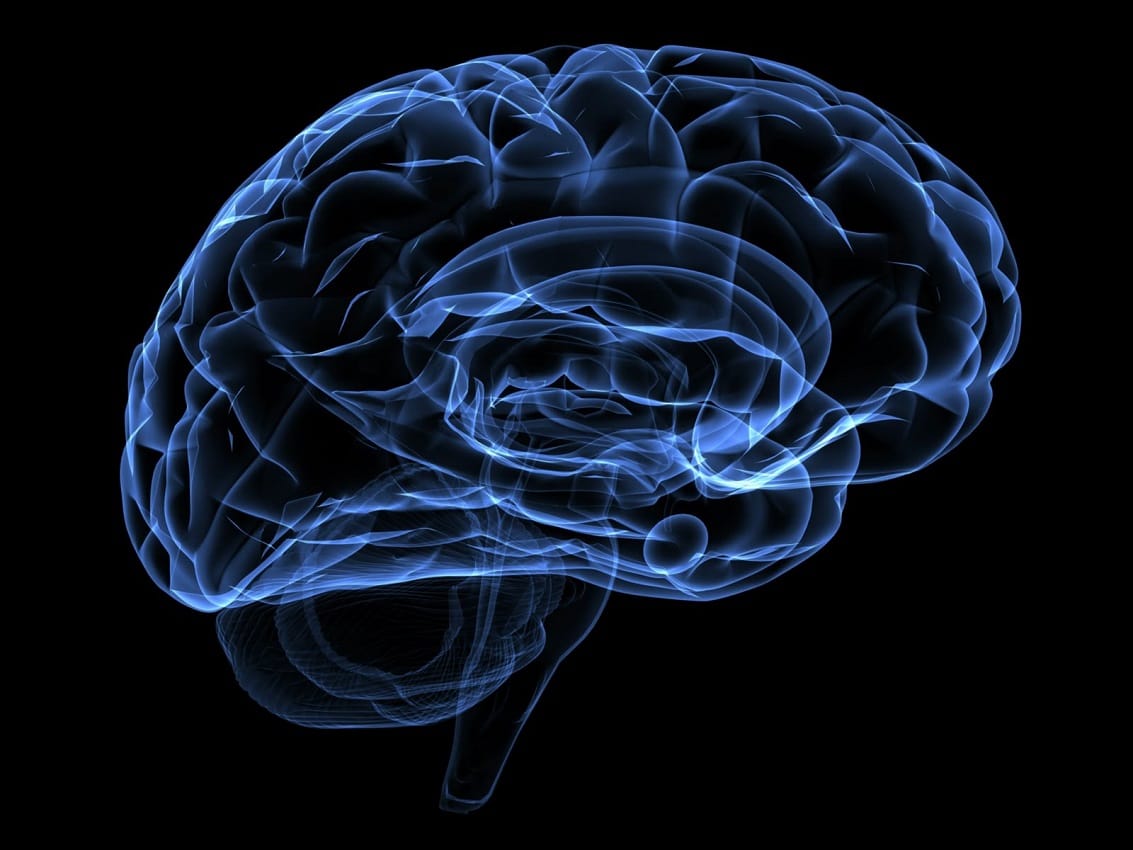
Adolescent Brain Development essay
To date, there is no single point of view on the definition of deviant behavior and how it is pathological. There are many different approaches to the definition of deviant behavior that originate from different understanding of the norm: a sociological, biological and psychological, but we are going to discuss the way brain development impacts on young people and addictions in their behavior as a part of biological approach.
Observing the article “Fugitive Susan LeFevre” available at www.oprah.com we see that Marie (Susan LeFevre) is a lucky person who found possibility to overcome own addictions and to change own life completely. Susan was imprisoned when she was 19-year-old for selling drugs and was sentenced to 10 to 20 years in prison, but she escaped and began new life. Thinking not about the way how Susan escaped, but about her new life it is possible to suppose that every young person has a chance to find efforts to change own life before they would be imprisoned. The story about Susan proved us that many mistakes of this person were made under the influence of insufficient brain development and in several years, when her brain was fully developed, she became normal mother for her children and socially adapted person.
Nowadays it is very important to understand the brain development for the juvenile justice, because many adolescents suffer from own negative behavior and don’t know how to overcome difficulties in their social relationships with parents, friends and all people around. Due to the fact that frontal regions of the brain of adolescent are not fully developed they cannot control own emotions, make right decision and be patient to others. It becomes obvious in this situation that bad behavior among adolescents may be caused by a violation of the brain development, where the area responsible for emotions are not well developed and a situation when the young person should make a right judgment become an exam for humanity. Defects occur most often in areas of the brain associated with fear and empathy, so it lessen the opportunity to percept reality and react on events in proper way.
Continuing discussion of our topic it is necessary to mention that according to Moshma, American scientists have found that adolescent risk behavior is also associated with excessive brain development (Moshma, 1999). Researchers have attempted to find the relationship of risky behavior among adolescents with the level of the white matter of the brain. The white substance is formed by processes of nerve cells that connect sections of the cerebral cortex. In the process of growing up white matter becomes denser and more organized. The study found that risky behavior was more frequently observed in those adolescents, whose the white matter of the brain were more organized and mature. In addition, researchers found that there is no significant difference in brain development of boys and girls differed by dangerous behavior. Thus, this information allows to suppose that not only insufficient, but also excessive brain development can influence on negative behavioral patterns and addictions.
Thus, taking everything into consideration it is possible to conclude that adolescent brain development needs further studying, because it will help to understand why mistakes are made by this group of people and how to help them to become adequate.

